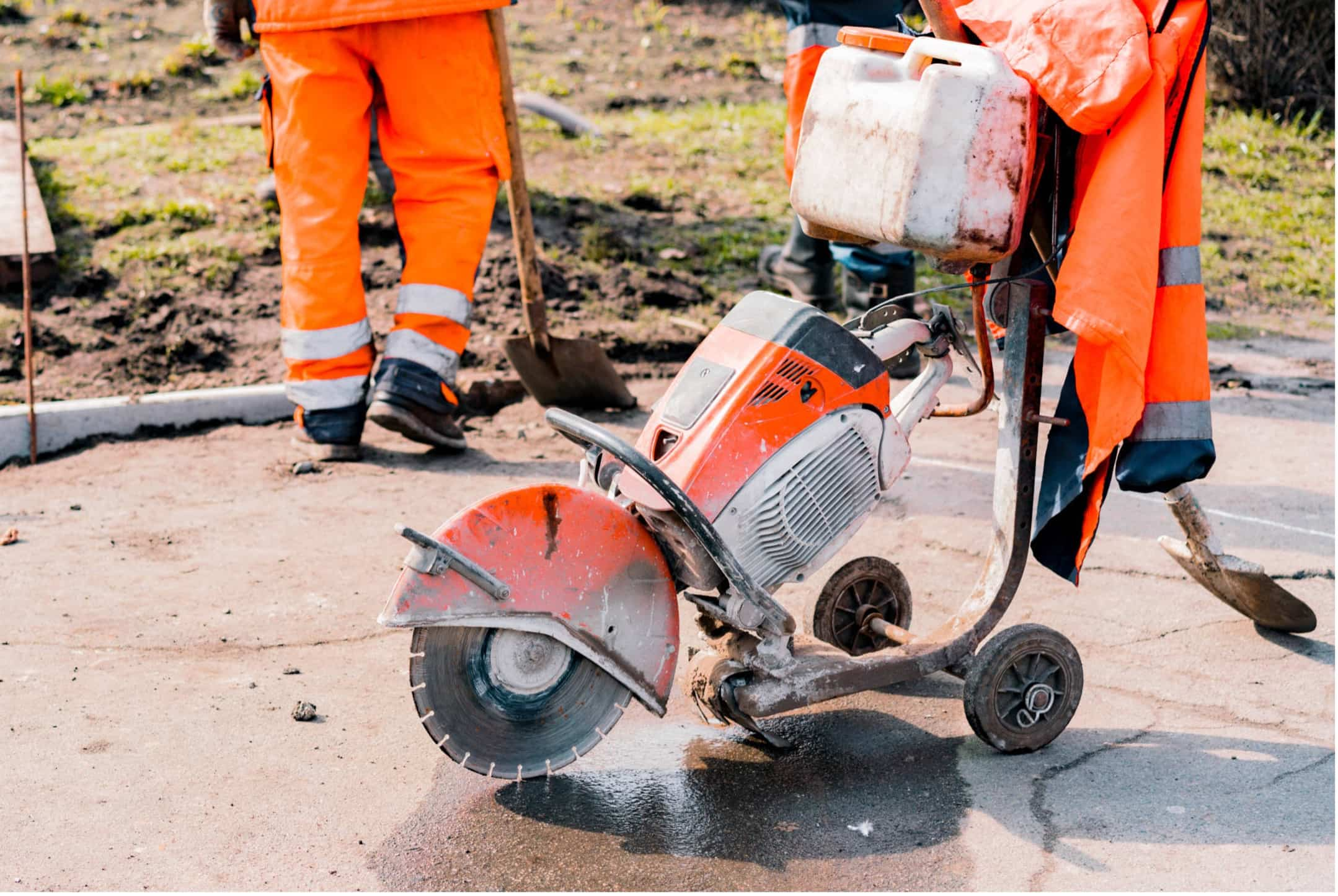While all concrete may feel equally hard underfoot, cement surfaces can come in a wide variety of concrete hardness. The hardness of your concrete will be a core factor in determining the tools you will need to cut the concrete. Today we run through what concrete hardness is and how it affects concrete sawing and drilling.
What is Concrete Hardness?
How can a concrete surface be soft? Well, in relative terms even soft concrete will still feel hard to the touch. It’s only in comparison with hard concrete that there is a noticeable difference. Concrete hardness is typically measured using a specialty device such as a rebound hammer or scratch test. Hard and soft concrete behave in different ways, with soft concrete being more prone to scratching and surface damage. Concrete hardness is determined by a few key factors:
The Aggregate (or Materials)
The first factor that determines the hardness of your concrete will be the materials used to create it. The rocky material used in concrete (also known as aggregate) accounts for around 70% of the material in concrete. This rocky material can vary in hardness depending on what kind of rock is being used. In New Zealand, a range of rocks, sands, and gravels are used – from igneous to sedimentary and metamorphic. The hardness of these materials will contribute to the hardness of your concrete.
The Mix
Another contributing factor in the hardness of your concrete is the design of the mix. A well-designed mix of aggregate of varying sizes and water will dry much harder than a concrete that has not been mixed correctly. These proportions affect how the concrete will cure, dry, and shrink as it settles on the surface.
The Cure
The final contributing factor is how the concrete is cured. Curing, contrary to common belief is not the drying of the concrete but actually the chemical process that is undertaken as the components of the cement hydrate with the water. Care must be taken to prevent the concrete from drying out before the curing process takes place. If the concrete dries out too fast this can affect your concretes hardness and quality.
How Does Concrete Hardness Affect Cutting?
When cutting concrete, it is important to determine the hardness of the concrete to make sure you are using the correct tools. For example, a diamond blade saw requires a hard abrasive surface to naturally wear away the edge, to continuously reveal a sharp edge. If the concrete is too soft, then the edge will not be worn away and will become blunt as it is re-used. This softer concrete may instead require an abrasive corundum masonry blade to make an efficient cut.
Softer concrete will also typically produce more dust in the cutting process, so it is important to have proper ventilation and dust control systems in place like a water cutting system or a vacuum.
Contact TSL Group Today
TSL Group is the top civil construction and paving contractors in Auckland. Contact us today to discuss your project and how TSL group can deliver for you efficiently and affordably.


